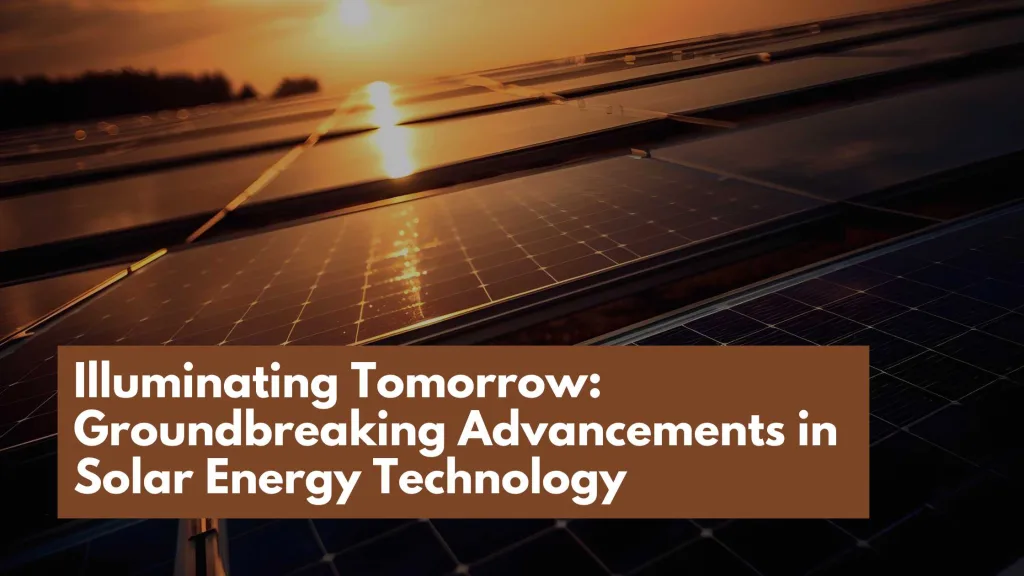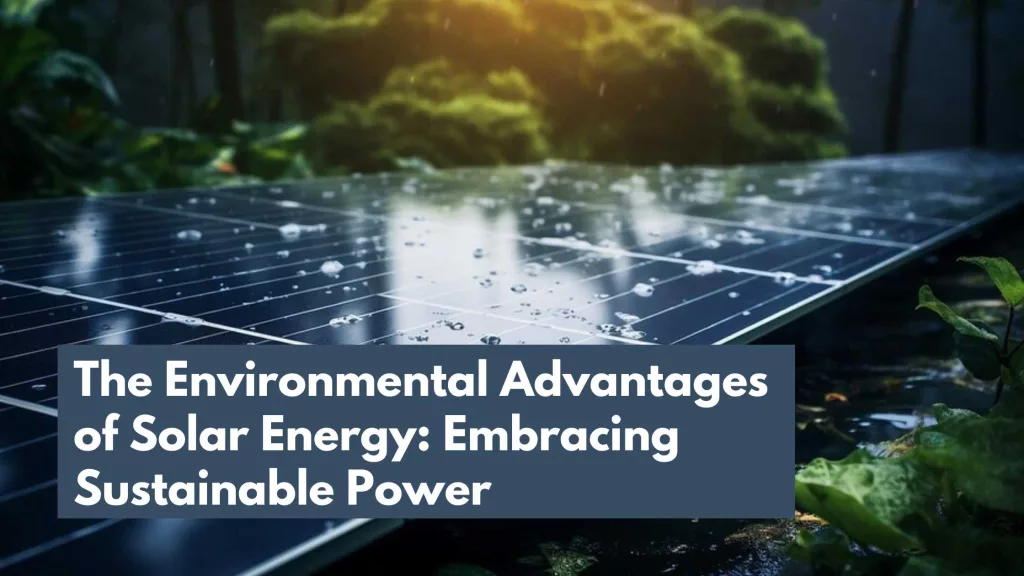INTRODUCTION
Renewable energy is natural, replenishable resources that can be converted into useful sources of energy for the planet Earth. Their occurrence can be traced over time. A few renewable sources of energy are wind energy, solar energy, geothermal energy, and hydro energy. These rejuvenate over time and are controllable sources of energy. They are discovered from natural energy sources; they are reusable, green, and clean sources of energy.
Renewable sources of energy have grown exponentially in the past decades. As researches being carried out on their emergence and potentialities to meet the needs of developing and over populated economy.
A significant shift is seen in terms of renewable sources of energy with the changing global climate; there is a shift in harnessing power of renewable sources of energy as there is a gradual change in perspective and focus on the growth of this renewable energy.
SHARE OF RENEWABLE ENERGY IN INDIA:
– The share of renewable energy and its consumption is ever increasing as India’s renewable capacity has increased up to 165% in 10 years, which saw a rise from 76.38 Gigawatts in 2014 to 203.1 GW in 2024.
– If we estimate the total installed energy plants’ holding capacity stands at 43.12%
– India stands in the 4th position globally in renewable energy capacity. It stands at 5th in solar photovoltaic power(85.47GW)
– India wishes to cover non-fossil fuel energy and reach up to 500 GW by 2030.
– India has reached a new horizon in its renewable energy journey, with Indias total capacity of renewable energy crossing 200GW as in oct10,2024. Now the total capacity to generate electricity stands at 201.45 GW.
It shows India’s accomplishment in harnessing green and clean energy for building a prosperous, resourceful future.
India has seen a proliferation of wind farms and hydro projects, it has built an advanced energy base, which has not only reduced the dependency on fossil fuels but has paved the way to cultivate and enhance our energy-producing mechanism and has lowered the inclination and dependency on fossil fuels. The total average of non-fossil fuel power stations is more than half the country’s population.
RENEWABLE ENERGY COMPANIES:
In recent achievements in relation with achievement renewable energy harnessing capacity, India has achieved a 5th global position in solar power installation, superseding Italy. Solar power capacity has increased many folds by 11 times in the past 5years from 2.6 GW to 30 GW in july 2019.
A few renewable energy companies are:
- Ministry of New and Renewable Energy
- Indian biogass association
AMPLUS SOLAR
- SHELL
- ECO–BIOFUEL
RENEWABLE AND NON-RENEWABLE ENERGY:
Renewable resources are natural resources, which replenish faster rate in a particular period, and are accessible to all. They are predominantly sources of energy and restore naturally in a given context of time, they are sustainable resources which can be recycled without the fear of depletion. Their formation takes less time than non-renewable sources of energy.
NON-RENEWABLE ENERGY:
Non-renewable resources are the ones which gets exhausted and not replenished they take millions of years in their formation and takes lengthy time even longer than prescribed duration of human life span. Which may take thousands to millions of years, mainly coal and petroleum takes millions of years to formulation.
RENEWABLE ENERGY SOURCES:
Different types of energy sources are:
Solar power: The sun’s energy is harnessed and utilized to turn it into electricity by solar panels.
Hydropower: It’s the gravitational power of water to converts into electric energy
Wind Energy: The kinetic energy is diffused and converted into electricity by the wind turbines.
Biomass Energy: The residue from the animal and plant reminiscence example, the burning wood.
Geothermal Energy: Heat energy is possessed under the earth’s crust and it’s converted into electricity.
Ocean Energy: Oceanic thermal and tidal energy, when harnessed into electricity.
Hydrogen: Its chemical energy is converted into electricity by its fuel cells.
RENEWABLE ENERGY DISADVANTAGES:
EXPENSIVE – many renewable energies are expensive, and there is a high distribution network needed for the installation of the sources of energy. They may require huge investment in fossil fuels during the initial stages that may take generations to reformation with that of renewable energy like that of geothermal energy.
EMITS POLLUTION– Renewable energy is clean and green source of energy. Which emits less pollution as compared with burning of fossil fuels, like that of biomass who’s burning still leaves residues and leaves pollution in the environment. There is dependency on the fossil fuels.
UNREACHABLE SOLAR PANELS– The biggest drop-down of solar power is that solar panels are way more expensive. Solar energy is not entirely clean, as there is some part of greenhouse gas emissions during the construction of solar panels, and their panels are made of cadmium and lead acid.
CONCLUSION
Renewable sources of energy are the natural resources, when harnessed through proper channels can be the effective sources of energy. Which can be replenished with given period of time. They are considered as the clean and green sources of energy which resides entirely on the natural sources of energy like the sun, wind, water and biomass.
When they are derived from the earth’s natural resources which won’t exhaust. They are suitable substitute for non-renewable sources of energy. Though they are categorized into completely natural resources and their plantation may need greater area as wind mills and solar panel but they also hold few disadvantages as they do rely on the fossil fuels for its installation or in the initial stage.
In the era of global warming, relying on renewable energy is prudent without over- utilizing the non-renewable energy and conserving for future generation. They help in improving the climatic condition and over all environmental concern.
These renewable sources of energy are most needed and useful for proceeding with the idea of sustainability. They are needed to regularize the earth’s atmosphere and protection from environmental degradation.



